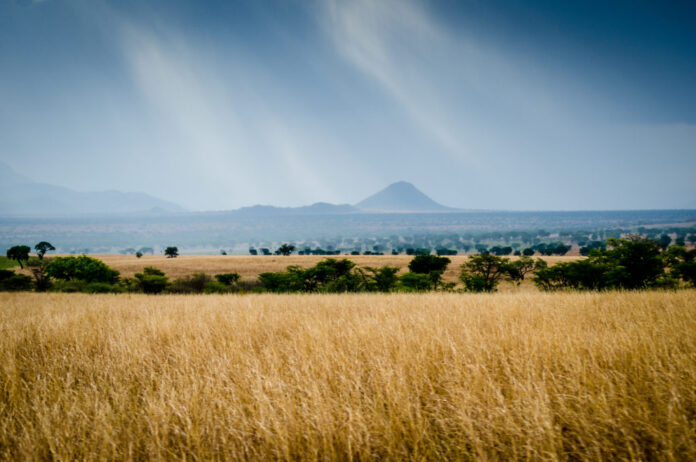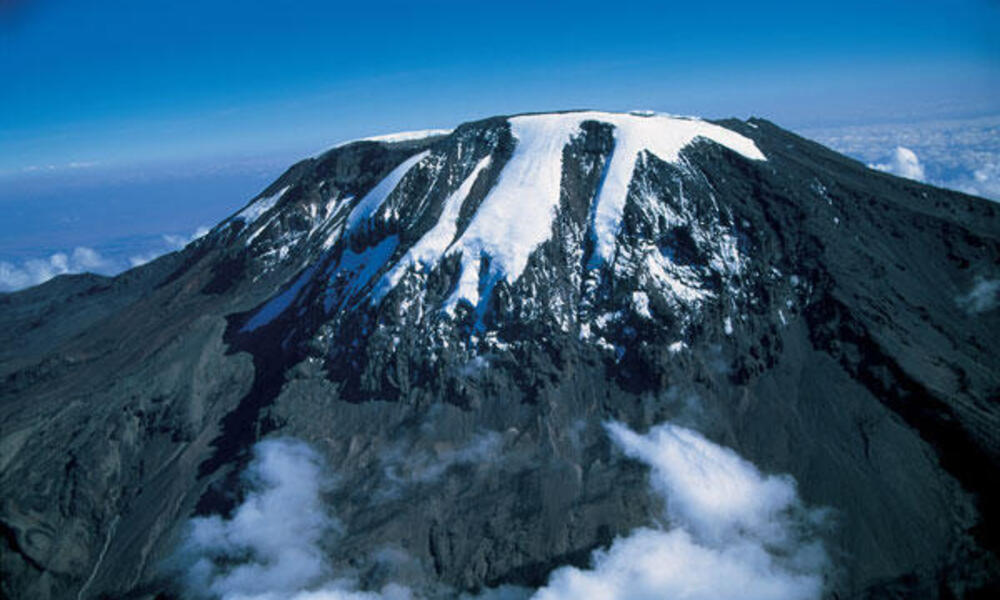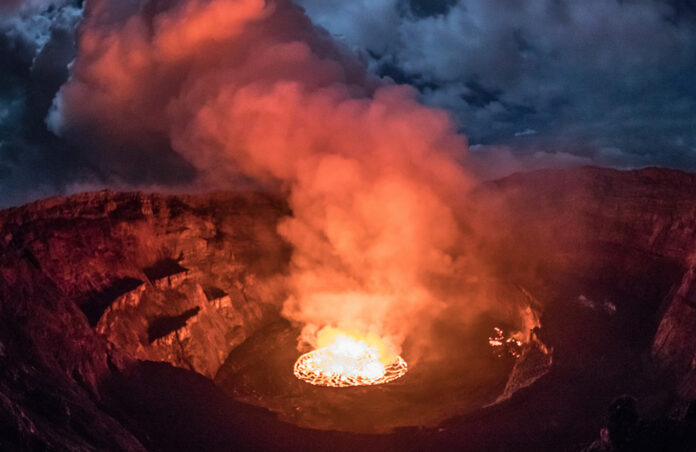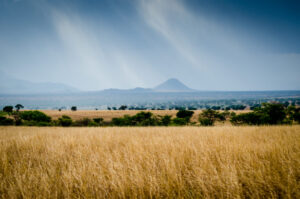Heritage
Trekking Kilimanjaro and Mountain Gorillas
For the ultimate East African adventure, nothing compares to the thrilling combination of climbing Mount Kilimanjaro in Tanzania and trekking with mountain gorillas in the misty forests of Uganda or Rwanda. These two experiences are not only bucket-list-worthy, but they also provide a stunning...
3
min.
Conservation
Guide to Mount Oldoinyo Lengai in East Africa
Mount Oldoinyo Lengai is famously known as the difficult mountain to hike in East Africa this active volcano mountain lies in the Arusha situated...
3
minutes

7 Less Known National Parks to Visit in Africa
Travelers who have visited Africa already know some of the famous destinations. It is true many love places like Maasai-Mara, Serengeti, and Kruger due...
9
minutes
A Gamewatcher’s Gorilla Safari
As I lay in my bed at Clouds Mountain Gorilla Lodge, looking through the black of the night sky, I could see red explosions...
4
minutes

Trekking Kilimanjaro and Mountain Gorillas
For the ultimate East African adventure, nothing compares to the thrilling combination of climbing Mount Kilimanjaro in Tanzania and trekking with mountain gorillas in...
3
minutes

Guide to Hiking Mount Nyiragongo in Eastern Congo
Looking to Hiking Mount Nyiragongo in Eastern Congo? Here is a complete guide to planning a hiking expedition to Nyiragongo, one of the few...
2
minutes
How National Parks in East Africa Manage Poaching?
Poaching remains one of the biggest threats to wildlife across Africa, with national parks in East Africa being key areas at risk. In response...
3
minutes
Climate
Guide to Mount Oldoinyo Lengai in East Africa
Mount Oldoinyo Lengai is famously known as the difficult mountain to hike in East Africa this active volcano mountain lies in the Arusha situated...
3
minutes

7 Less Known National Parks to Visit in Africa
Travelers who have visited Africa already know some of the famous destinations. It is true many love places like Maasai-Mara, Serengeti, and Kruger due...
9
minutes
A Gamewatcher’s Gorilla Safari
As I lay in my bed at Clouds Mountain Gorilla Lodge, looking through the black of the night sky, I could see red explosions...
4
minutes

Trekking Kilimanjaro and Mountain Gorillas
For the ultimate East African adventure, nothing compares to the thrilling combination of climbing Mount Kilimanjaro in Tanzania and trekking with mountain gorillas in...
3
minutes
Biodiversity
7 Less Known National Parks to Visit in Africa
Travelers who have visited Africa already know some of the famous destinations. It is true many love places like Maasai-Mara, Serengeti, and Kruger due to their superb wildlife viewing opportunities. Thus, you’ll have to bear with many visitors and their vehicles which flock those...
9
min.
Forestry
Guide to Mount Oldoinyo Lengai in East Africa
Mount Oldoinyo Lengai is famously known as the difficult mountain to hike in East Africa this active volcano mountain lies in the Arusha situated...
3
minutes

7 Less Known National Parks to Visit in Africa
Travelers who have visited Africa already know some of the famous destinations. It is true many love places like Maasai-Mara, Serengeti, and Kruger due...
9
minutes
A Gamewatcher’s Gorilla Safari
As I lay in my bed at Clouds Mountain Gorilla Lodge, looking through the black of the night sky, I could see red explosions...
4
minutes

Trekking Kilimanjaro and Mountain Gorillas
For the ultimate East African adventure, nothing compares to the thrilling combination of climbing Mount Kilimanjaro in Tanzania and trekking with mountain gorillas in...
3
minutes

Guide to Hiking Mount Nyiragongo in Eastern Congo
Looking to Hiking Mount Nyiragongo in Eastern Congo? Here is a complete guide to planning a hiking expedition to Nyiragongo, one of the few...
2
minutes
How National Parks in East Africa Manage Poaching?
Poaching remains one of the biggest threats to wildlife across Africa, with national parks in East Africa being key areas at risk. In response...
3
minutes


